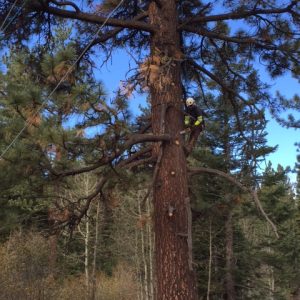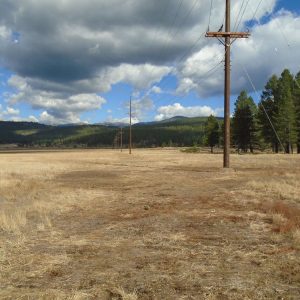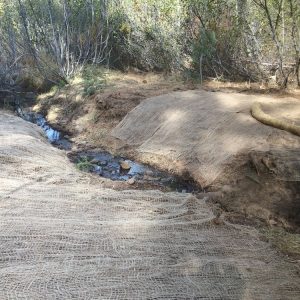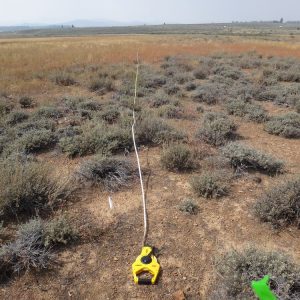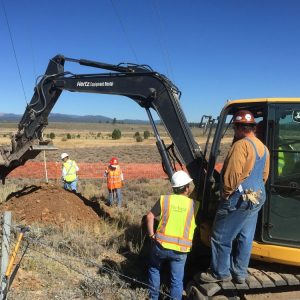Insignia routed, permitted, conducted surveys for, inspected, and conducted post-construction restoration monitoring for this approximately 24-mile-long, 120 kilovolt electric power line rebuild project.
This project involved the reconstruction or replacement of four existing electric transmission lines—measuring approximately 24 miles in length—in order to upgrade the existing 60 kilovolt system to operate at 120 kilovolt. The project also involved the reconstruction and/or modification of seven existing substations to accommodate increasing load and to ensure reliability of service in the future.
Insignia began work on this project by developing a thorough Project Description, then a Draft Preliminary Plan of Development was authored and submitted to the United States Forest Service for review. After filing of the Plan of Development, we prepared a Proponent’s Environmental Assessment in accordance with the California Public Utilities Commission’s checklist.
Biological fieldwork spanning approximately 500 acres was conducted concurrently with the development of the Project Description. This fieldwork involved the mapping of vegetation communities, sensitive species, and water features along the transmission line rights-of-way, access roads, staging areas, and substations for incorporation into our geographic information system and the Biological Resources Technical Report.
As part of the resource work, Insignia conducted several years of protocol-level surveys for California spotted owl (Strix occidentalis occidentalis) and northern goshawk (Accipiter gentilis), as well as rare plant surveys and a wetland delineation. Insignia also conducted pre-construction field surveys for nesting birds, willow flycatcher (Empidonax traillii), amphibians, mammal burrows, rare plant species, and bats. Further, Insignia developed the permit application packages, as well as guidance on pre‑construction submittals in anticipation of construction for numerous phases of the project.
Prior to kicking off construction, Insignia designed and delivered the supervisor-level and crew‑level Worker Environmental Awareness Program. We then conducted construction compliance management, environmental inspection, and biological monitoring, as well as oversaw archaeological and Native American monitoring during construction of several phases of the project over several years.
Throughout the project, Insignia demonstrated the ability to design and implement strategies to effectively maintain environmental compliance in a complex regulatory setting, coordinating with three lead agencies and a number of additional jurisdictional agencies. In addition, we were able to quickly mobilize additional staff to complete compliance monitoring and pre‑construction surveys on an expedited construction schedule and with short notice of expanded construction areas.
Following construction of the first phases of the project, Insignia designed and implemented a restoration monitoring program, which we have been implementing and reporting on for the past 5 years.
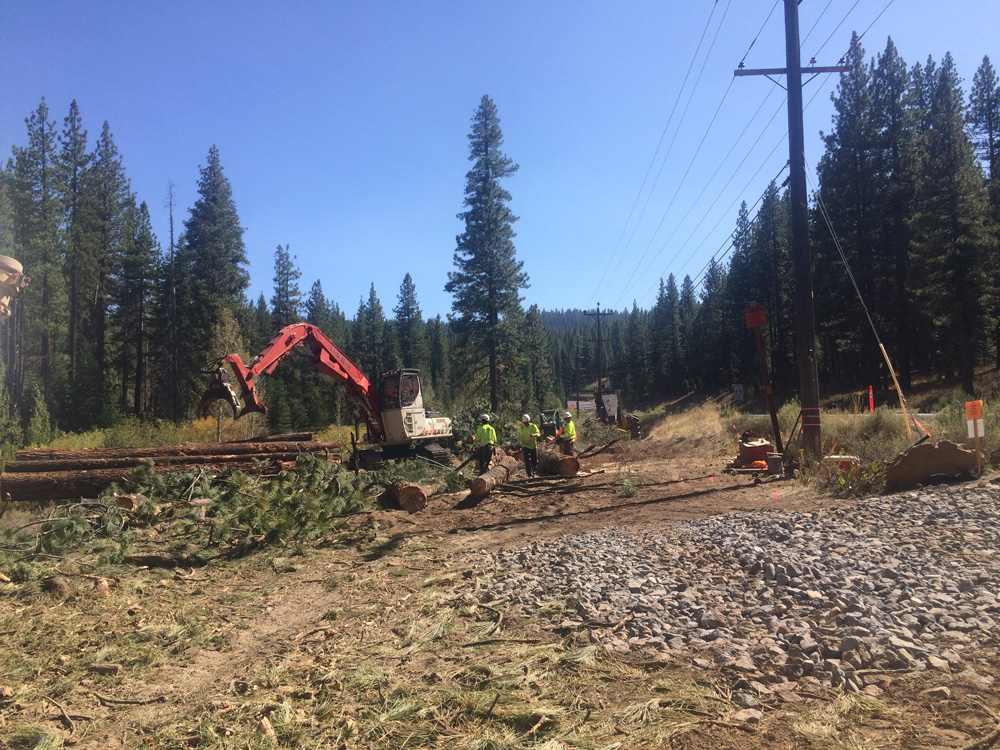
SPECIES FACTS:
- California spotted owl (Strix occidentalis occidentalis) forms monogamous pairs, and each pair defends a territory surrounding a nesting and/or roosting site. Spotted owls breed between February and August, and have a single brood of one to four young per year.
- Northern goshawks (Accipiter gentilis) are large forest hawks that tend to nest in dense, mature forests, building large nests that are used for many years. Within a northern goshawk home range that can be up to 13 square miles, individuals maintain a large breeding territory that contains multiple nest site.
- Willow flycatchers (Empidonax traillii) tend to form monogamous pairs, have a resource-based mating system, and will often return to previous breeding sites. This species breeds between June and August.
- Plumas ivesia (Ivesia sericoleuca) is easily threated by development, grazing, and vehicle activity, making it a rare or endangered species in California and elsewhere.
- Jeffrey pine (Pinus jeffreyi) can occupy many sites from the edges of moist, high-mountain meadows to arid slopes bordering deserts, and it will grow over a wide range of elevations.
- Parsnip-flower wild buckwheat (Eriogonum heracleoides heracleoides) has a longer blooming period and can start as early as May and continue into mid-summer.
